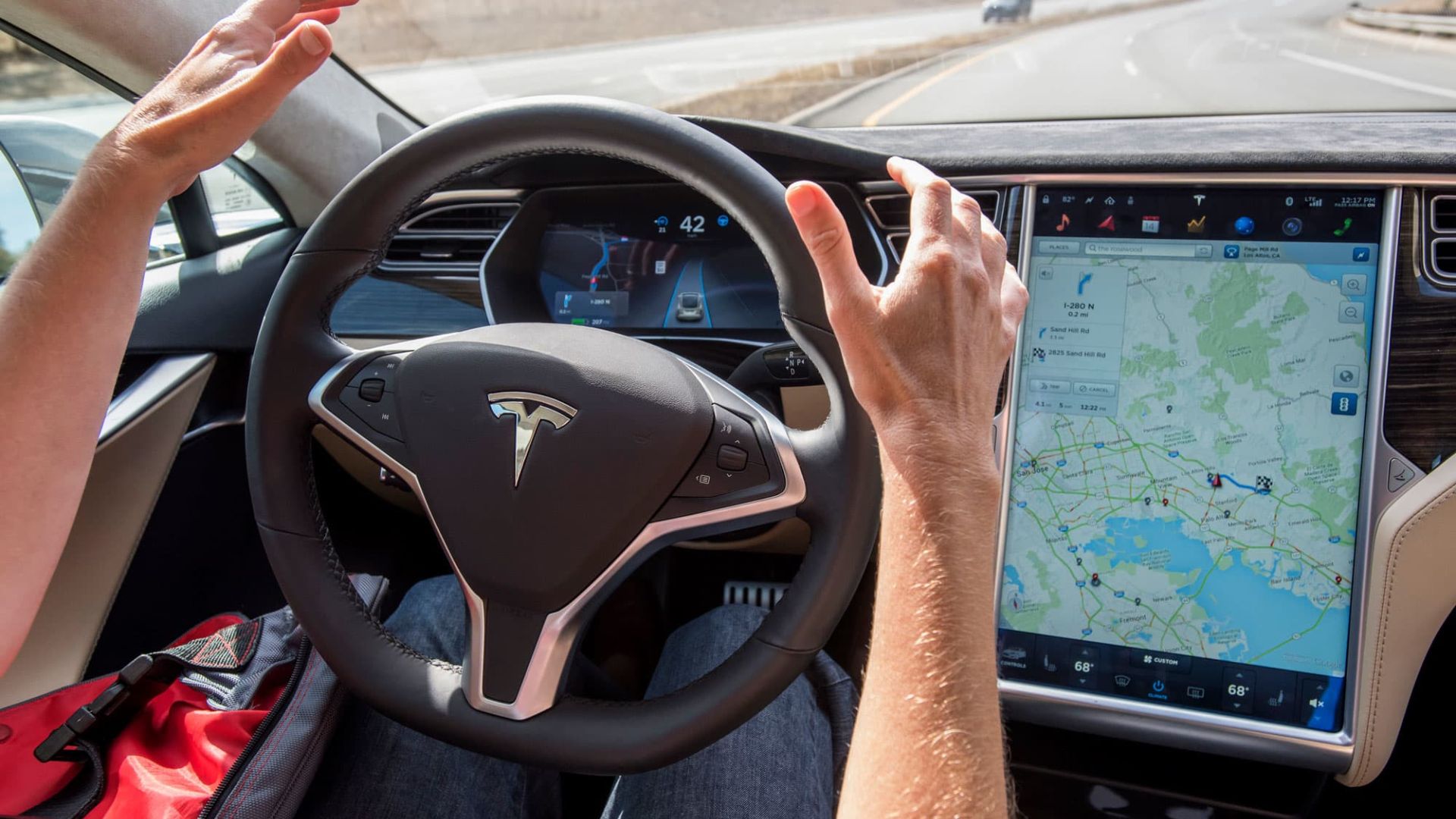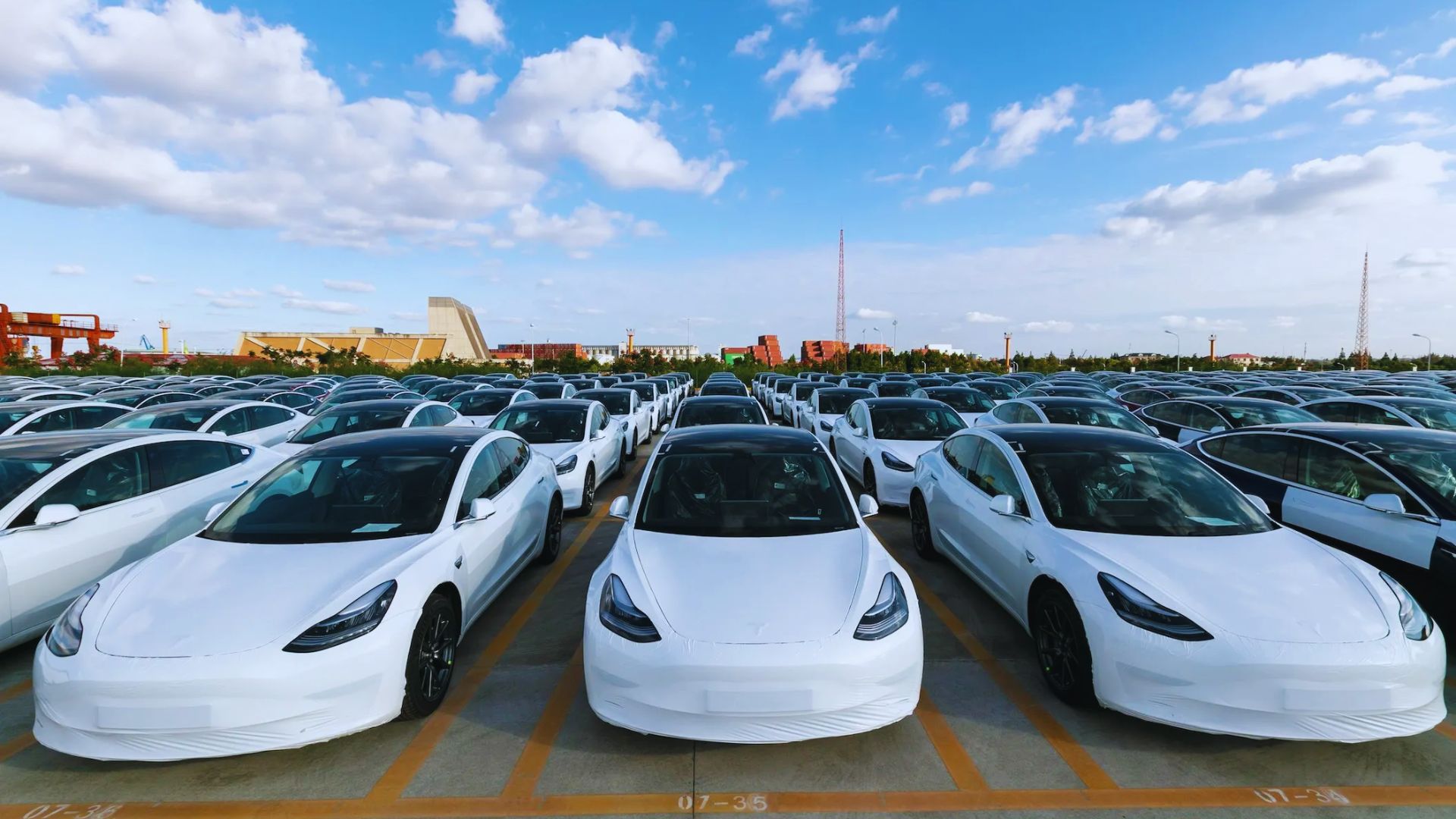Tesla’s Autopilot has evolved significantly, merging advanced sensors and algorithms to edge closer to the goal of complete vehicular autonomy.
Tesla’s Autopilot system, since its introduction, has been a subject of both admiration and scrutiny. As the automotive world shifts towards a future where cars drive themselves, Tesla’s efforts in this domain stand out. This article aims to provide an unbiased, data-driven exploration of the evolution of Tesla’s Autopilot, detailing its technological advancements, real-world applications, and the challenges faced in the quest for full autonomy.
The Genesis of Autopilot
Tesla introduced the first version of Autopilot in 2014. Initially, it was a driver-assistance system, offering features like lane-keeping and adaptive cruise control. According to Tesla’s Q4 2014 shareholder letter, this was achieved using a combination of cameras, ultrasonic sensors, and radar. The system could “read” road signs, detect other vehicles, and assist in driving but required active supervision.
Technological Advancements and Milestones
Over the years, Tesla’s Autopilot underwent significant enhancements. The introduction of the “Hardware 2” suite in 2016, as detailed in a company blog post, brought more advanced sensors, increasing the car’s field of vision and processing capabilities. By 2019, Tesla announced the “Full Self-Driving” (FSD) computer, boasting a 21-fold increase in image processing compared to previous versions, as per Tesla’s Autonomy Day presentation.
Real-World Applications and Data Collection
Tesla’s approach to autonomy is unique, leveraging real-world data from its fleet. By 2020, Tesla vehicles had driven over 3 billion miles on Autopilot, as reported in an MIT case study. This vast dataset aids in refining algorithms, enhancing system accuracy, and anticipating diverse driving scenarios. Furthermore, periodic over-the-air updates ensure that all Tesla vehicles benefit from the latest software improvements, enhancing safety and functionality.
Challenges and the Road Ahead
Achieving full autonomy is a complex endeavor, fraught with challenges. Regulatory hurdles, varying global standards, and the need for extensive validation are significant barriers. A 2020 NHTSA report highlighted concerns about Autopilot’s ability to handle certain driving scenarios.
However, Tesla’s iterative approach, combined with its vast data collection, aims to address these concerns. The company’s introduction of features like “Navigate on Autopilot” showcases advancements in complex driving situations, though human oversight remains essential.
Conclusion
Tesla’s journey towards full vehicular autonomy, as seen through the evolution of Autopilot, is a testament to the fusion of technology, data, and vision. While the road to complete self-driving capability has its share of challenges, Tesla’s continuous advancements offer a promising trajectory. As the Autopilot system continues to evolve, it will be intriguing to observe its impact on the broader landscape of autonomous driving and transportation.




